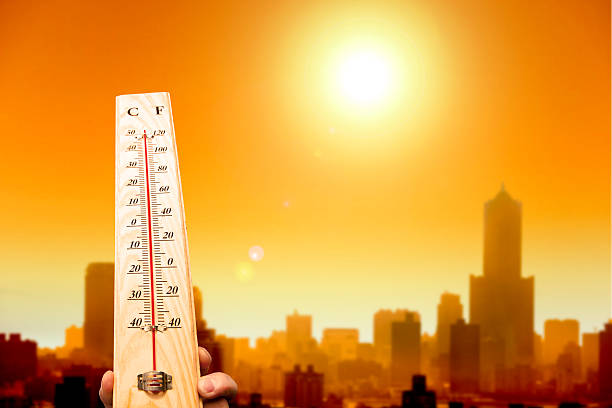Climate change continues to exacerbate extreme, frequent, and prolonged heat waves across the U.S., which contribute to severe health consequences, such as heat stroke, cardiovascular disease, and respiratory disease. In the U.S., there are approximately 67,000+ emergency department visits each year due to heat, with 9,000+ people on average being hospitalized. And while the CDC has measured an average of 702 heat-related deaths that have occurred in the U.S. each year,[1] the death toll from extreme heat continues to increase as record temperatures are recorded.[2]
The risk of extreme heat is not going away, which means that individual citizens, emergency managers, and public health professionals need to implement proper planning, education, resources, capacity, and action to address it.
Here are some tips for preparing for and responding to extreme heat.
For Individuals
Extreme heat is the leading cause for annual deaths among all weather-related hazards. Individuals should take steps to weatherize their living space, avoid certain dangerous activities, remain hydrated, know the signs of heat-related illnesses, and be aware of the community resources that are available to them. These steps include:
- Using Ready.gov’s Extreme Heat guidance to prepare for extreme heat and take actions that could enable you and your family to remain safe.
- Knowing your risk. Aging populations, pregnant women, infants and children, people who are overweight, outdoor workers, athletes, those with low income, and those with pre-existing medical conditions are at greatest risk for heat-related illness and need to be extra cautious.
- Staying abreast of local conditions by monitoring excessive heat advisories, heat watches and excessive heat warnings.
- Being aware of and/or utilizing local resources. Many counties and cities have adopted heat-alert systems and, during extreme heat events, stand up cooling centers and/or hydration stations to protect the public from high temperatures, and/or utilize wellness checks with vulnerable populations.
For Emergency Managers and Public Health Professionals
A coordinated response to extreme heat can limit adverse public health effects and ensure that considerations for vulnerable populations are prioritized. In preparing for and responding to extreme heat, here are a few steps that emergency managers and public health professionals could consider:
- Craft an Extreme Heat Response Incident Plan or Annex. This Plan/Annex would describe elements of preparedness, response, and recovery such as the concept of operations, activation phases, roles and responsibilities, communications methods, considerations for vulnerable populations, cooling and warming center checklists, etc.
- Advocate for identification of a Chief Heat Officer. A Chief Heat Officer can play a pivotal role in responses to heat waves, as well as implementing projects that raise awareness of extreme heat risk and/or seek to reduce the risk of extreme heat. A Chief Heat Officer can also lead the way in forming critical connections with community-based organizations to reach vulnerable populations.
- Leverage continued community partnerships to both listen to constituents and educate constituents. The messages that your organization disseminates about extreme heat, whether in response to an actual event or for education, should be based on two-way communications, ultimately addressing community concerns and providing mitigation and adaptation education to the extent possible.
Ultimately, we all play a significant role in preventing heat-related deaths and illnesses on the individual and government level.
Look for continued tips and blogs from the CONSTANT team. If you need help with extreme heat planning, we’ve got you! Email us at: donna@constantassociates.com to discuss how CONSTANT can help your organization or jurisdiction.
[1] https://ephtracking.cdc.gov/Applications/heatTracker/
[2] https://time.com/6198720/heatwave-health-death-toll/

